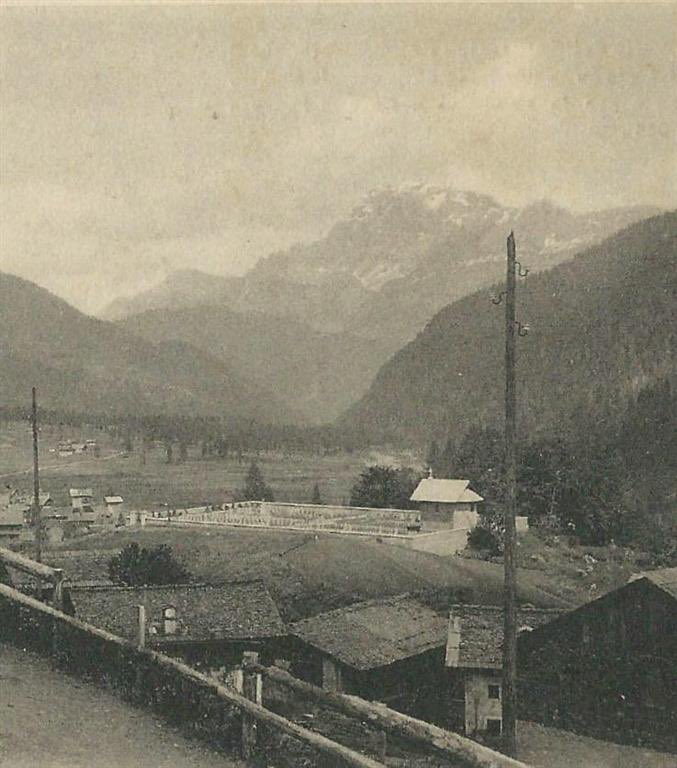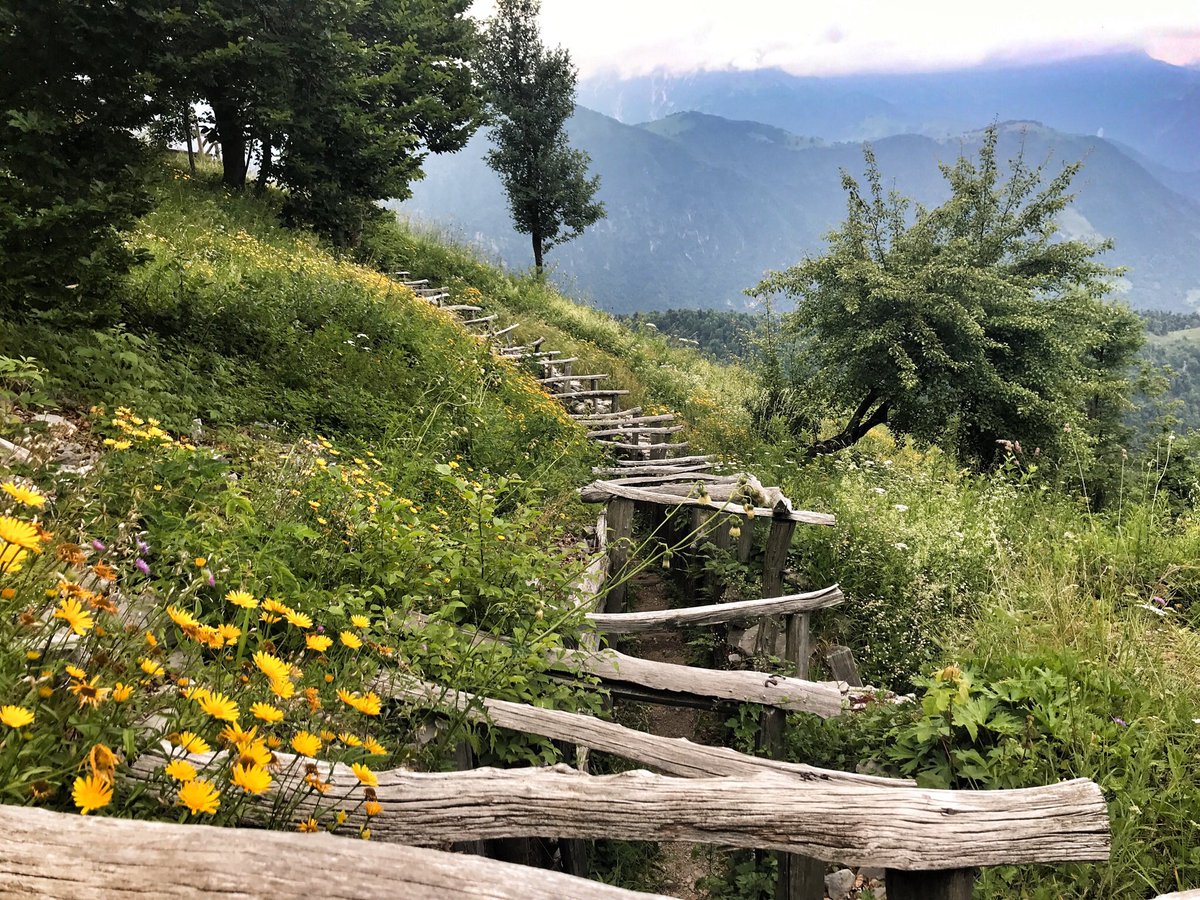
A 🧵 about #WW1 cemeteries on the Italian front that no longer exist. After the war the fascists cleared battlefield cemeteries and moved hundreds of thousands of men to huge ossuaries. This Austro-Hungarian cemetery at Passo Pordoi was cleared and an ossuary built nearby. 



Next, Falcade, now with just the chapel. It was a cemetery for a large field hospital, the most famous occupant being Francesco Barbieri (Gold Medal for valour). They were all moved to the Pocol ossuary after the war. 





The Toti cemetery in Monfalcone, approx 8000 burials. Now a car park. There were 17 cemeteries in this small town (which was on the front line for 28 months). All the men are now at Redipuglia. 



A missing cemetery on Col di Lana, the men are now at Pian di Salesei (one of the less brutalist ossuaries, with a stunning location). 







The Cemetery of Four Generals, on Quota 172 near Oslavia. Generals Trombi, Papa, Cattalochino and Tancredi-Cartella were buried here, along with 1417 Italian and 273 Austrian soldiers who were relocated in the 1930s, Italians to the Oslavia ossuary and the Austrians to Salcano. 





The “Cimitero degli invitti della III Armata” on the Colle Sant’Elia near Monfalcone. There were 30,000 men buried in this extraordinary cemetery, but the fascists had them dug up and moved to the Redipuglia memorial opposite. 







The “di qui non si passa” cemetery at Gallio, loosely translated as the “You’re Going Nowhere, Pal” cemetery (18,800 burials). But sadly they went to the ossuary at Asiago in the late 1930s. The last ones were moved as recently as 1967. 



There were numerous cemeteries in the Colbricon and Paneveggio area, all cleared after the war and the occupants moved to Feltre and Roveretto. I haven’t got detailed info, because it’s quite difficult to find (and I don’t really need to know). 



The Austro-Hungarian cemetery at Čepovan (Slovenia), beneath the eastern edge of the Bainsizza plateau. I can’t find out how many burials there were, or where they ended up. Maybe one of my Slovenian friends knows? 



On the Altopiano dei Sette Comuni there are more than 30 lost cemeteries. This brilliant PDF lists all of them. 



And finally a few random cemeteries that I’m too lazy to research in detail (sorry). During these clearances many records were lost or copied incorrectly, resulting in thousands of men moving from a marked grave to an anonymous “ignoti” written on a plaque. So sad. #GrandeGuerra 







• • •
Missing some Tweet in this thread? You can try to
force a refresh


































